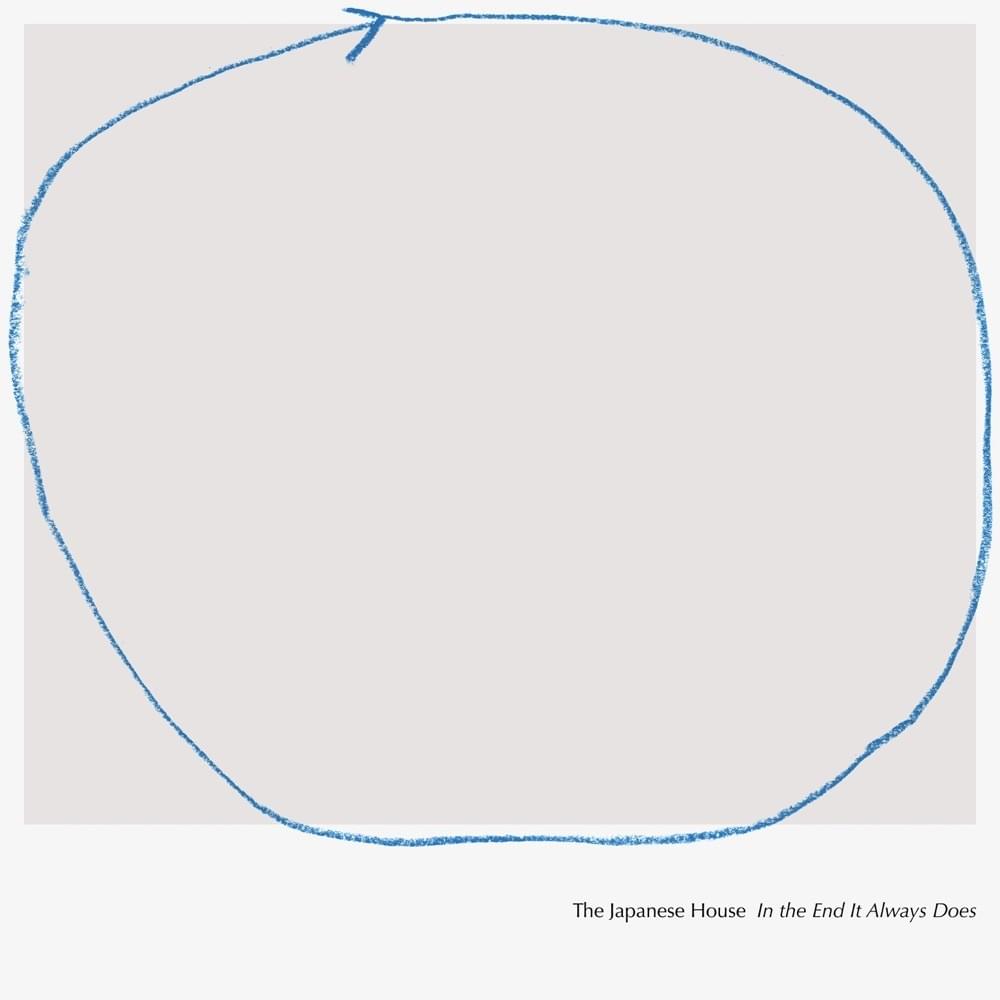The Yankee Group today released a new study that examines the viability of webcasting, even as online-only broadcasters such as Live365, RadioWave, ClickRadio, and NetRadio suffer losses, announce layoffs, and face the specter of shuttering operations altogether.
Ryan Jones, the analyst who authored the report, said in the executive summary, “The challenges facing Internet-only webcasters are significant enough to keep broadcasters in the lead for the foreseeable future. But a growing listener base, falling streaming costs and an increasingly cooperative advertising community are all aligning to mark webcasting as a soon-to-be profitable complement to broadcast radio.”
The report indicates that the medium has reached its adolescence, but it “must weather assaults from the recording industry and win further favor from advertisers before it thrives.” Yankee states that if the Copyright Arbitration Royalty Panel (CARP) sets the royalty rate at roughly $0.005 per listener hour (substantially less than that demanded by the RIAA, and slightly higher than that requested by DiMA) then both Internet-only and terrestrial webcasters should survive. If the rate is set much higher than that however, the “CARP ruling could all but erase this medium.”
The Yankee Group believes that because webcasters have less than one fifth (17 percent) the weekly reach than that of terrestrial radio (96 percent), terrestrial radio will continue to dominate in terms of listener base. The report suggests that because of this, a terrestrial radio broadcaster should build its web presence to support the dominant medium-not replace it. Yankee suggests “a blend of local information and interest offerings, coupled with a webcast of terrestrial programming, is the best solution.”
The report points out that webcasters fulfill a growing market demand for greater variety in programming choices. There is an estimate of 50,000 Internet webcasters that are available to every web user in the U.S., as opposed to an estimate just shy of 13,000 terrestrial stations (an average of about 26 stations per major market). Moreover Yankee notes that because terrestrial radio stations must appeal to the widest possible listener base, “programming has become homogenized.” Yankee refers to findings of the RAB that indicate that half of all radio stations broadcast one of just four formats: News/Talk, Top 40, A/C, or Country. The sheer number of choices available online to listeners nationwide stands “in stark contrast to broadcast radio’s homogeneity.”
Yankee also says that webcasters should not rely on subscriptions or ecommerce as principal revenue sources, noting that “both are fine for padding the bottom line, but because of limited adoption and purchase conversion, these cannot be relied upon as the primary revenue stream.”





























